[Photo Sparks] How to make a great startup pitch: slides from 20 TiE Bangalore finalists
PhotoSparks is a weekly feature from YourStory, with photographs and images that celebrate the spirit of creativity and innovation. In this pictorial essay, we cover startup pitch techniques at the Anthah Prerana competition held in Bangalore this week!
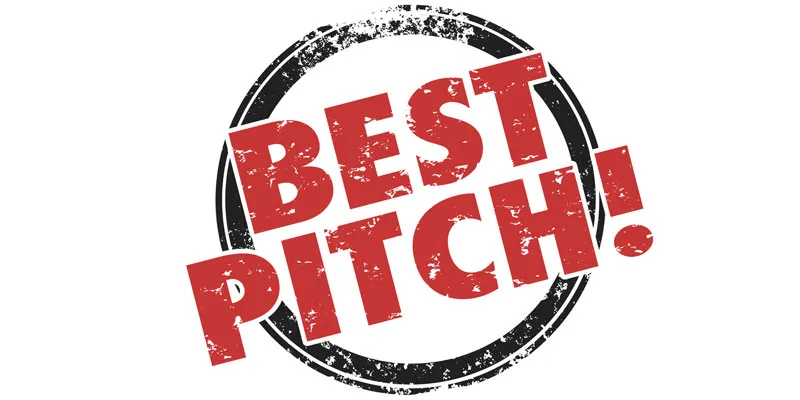
In the earlier 70 posts, we brought you a wide range of creative photographs from an art fair, world music festival, painting fair, telecom expo, art museum, mobile showcase, math museum, social hackathon, bookstore, co-working space, sensorium, international design week, flower show, outdoor ads, startup roadshow, computer museum, startup T-shirts, business cards, art therapy, startup festival, Diwali rangoli, Vesak, jazz festival, modern art gallery, ecopreneurs, painter-poets, health activists, eNGOs and digital innovators.
TiE Bangalore wrapped up its third annual Anthah Prerana startup competition this week, with a three-day jury round for early-stage startups. Startups less than three years old were eligible to apply, if they had not received any angel or VC funding.
Out of 219 applications this year, 30 startups were shortlisted, and the founders pitched their offerings to an expert jury. The presentations covered the entrepreneur’s motivation, vision, team, market assessment, ecosystem partners, skills and operational achievements.
With permission from the founders and TiE Bangalore, some of the informative and creative slides at the competition have been reproduced here. See also YourStory’s compiled question bank from the dozen jurors at the competition, and the YourStory Changemaker Story Canvas as a powerful visualisation tool for founders.
We thank the founders for sharing their work with our audience so that other aspiring entrepreneurs may also learn from their experience. After all, the best source of education for startups is – other startups!
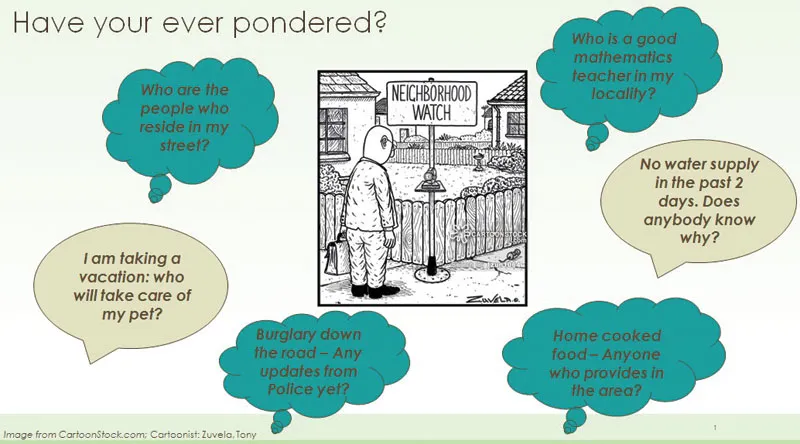
Map the customer problem space: What are the questions your target audience often raises – and how can you solve them? Here’s how the startup Vehola maps neighbourhood conversations for services and commerce opportunities.
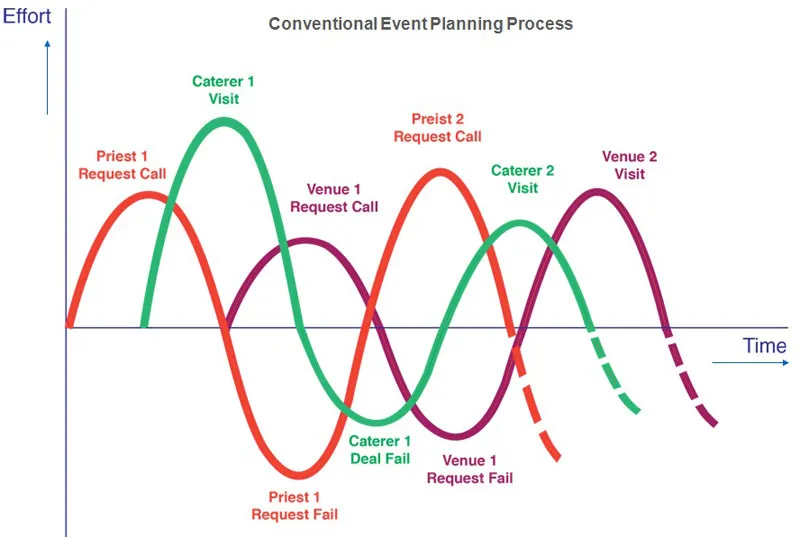
Customer pain points: Show how customers face multiple related pain-points in the execution of tasks, and where your solution fits in. Here’s how Eventosaur shows where it helps in organising traditional ceremonies such as poojas, by working with caterers, venues and priests.

Unwrap and untangle the problem: Many problems need to be literally dissected for proper resolution, as shown by the mounting challenge of urban waste disposal. ProWaste Concepts shows news ways to visualise garbage management and has implemented the relevant processes and services.
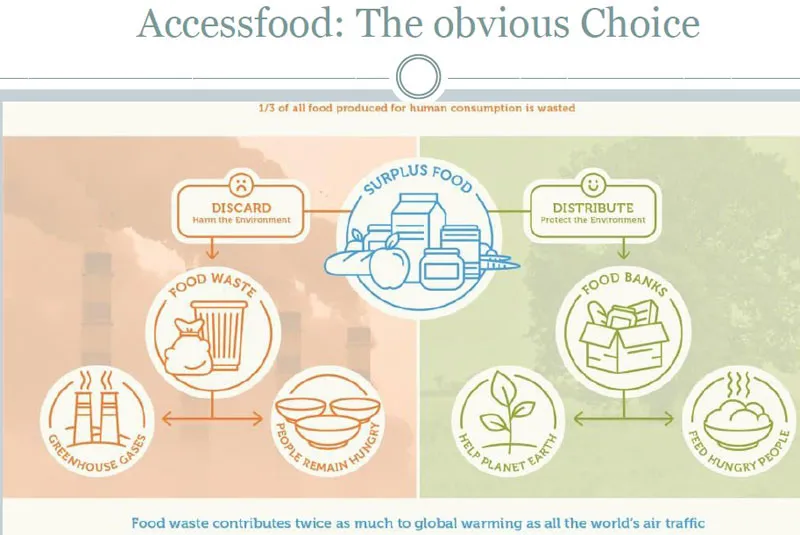
What-if scenarios: AccessFood helps businesses donate their surplus food at corporate events to those communities who need it. The slide contrasts what happens if the food is discarded (left side) with a proposed solution to distribute the food (right side), thereby reducing hunger and environmental waste.

Metaphors and analogies: It’s great if you can describe yourself as the ‘Amazon of XYZ’ or ‘Uber of ABC’ – or in this case, the redBus of corporate commutes. Bit/Bit Solutions has developed a product called Corpool, a pooling solution for corporates by offering unused seats in their corporate buses; the redBus comparison makes it easier for sponsors to understand.
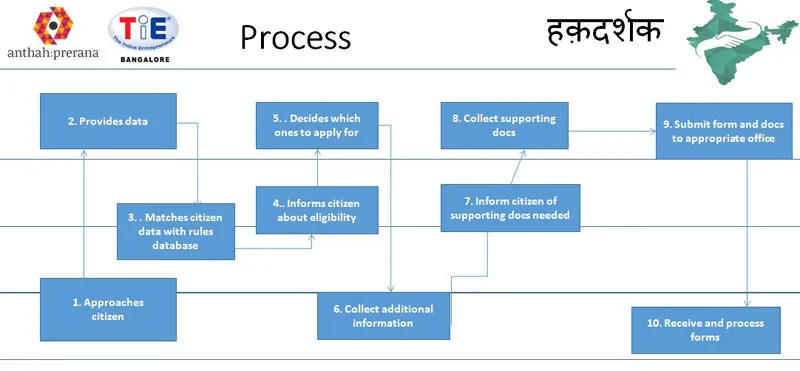
Process maps: Complicated and extended usage of products is hard to describe only via speech – a process map helps explain the sequence and connectedness of steps, as shown by HaqDarshak. The startup has developed a mobile platform for citizen entrepreneurs to educate villagers about the benefits of government schemes.
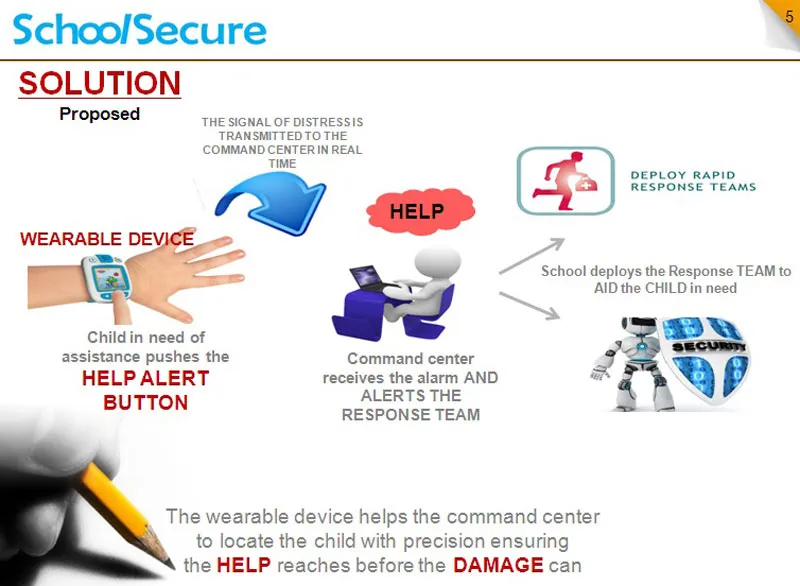
Product and process flow: Rather than describing processes and products separately, you can combine both in a use case map. This is the approach used by SchoolSecure, which offers security solutions based on wearables and Bluetooth scanners to keep children safe at school.

Use-case scenarios: Instead of just listing features of your product, show how your product is actually used in different customer scenarios. Here is one of the use cases of ShopAdSpace.com, which enables companies to place ads in malls, apartment complexes and movie theatres.
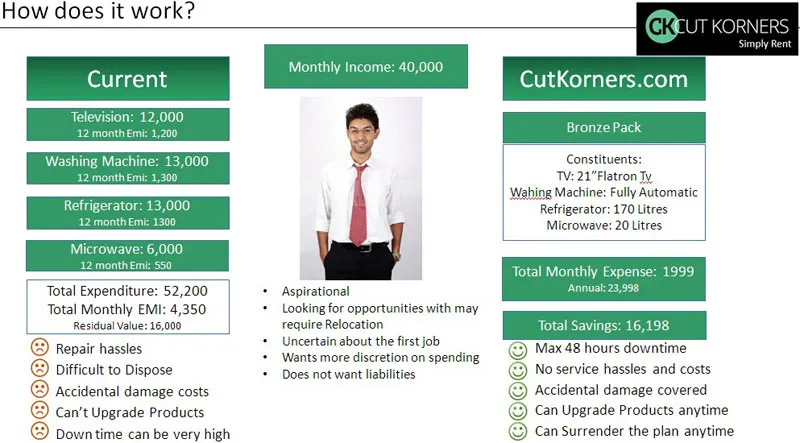
User persona: Bring the customer problem and use case scenario to life by filling out the personality, needs and aspirations of your target customer. This approach is used effectively by Cutkorners, a startup which helps cost-conscious aspirational customers to rent home appliances and electronics appliances.
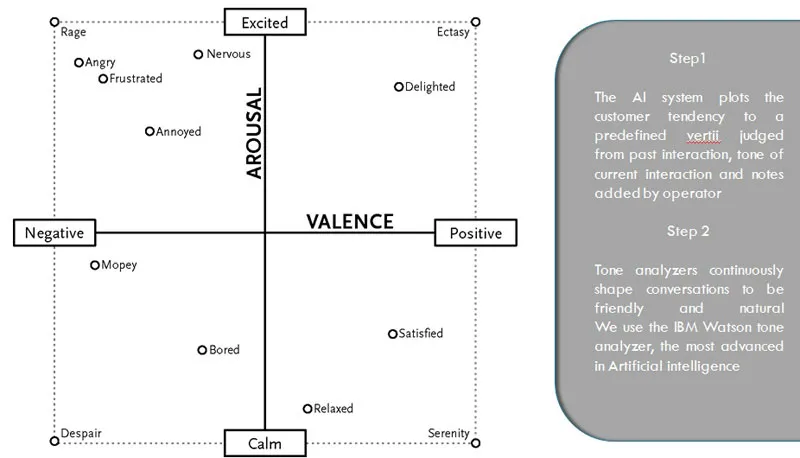
Tap industry-accepted frameworks: This is a map of emotions and tones developed by IBM, and used by SuperText to chart out user sentiment. Building on industry standards can help build credibility for startups. SuperText offers a personal concierge service for consumers to get tasks done via ‘conversational commerce.’
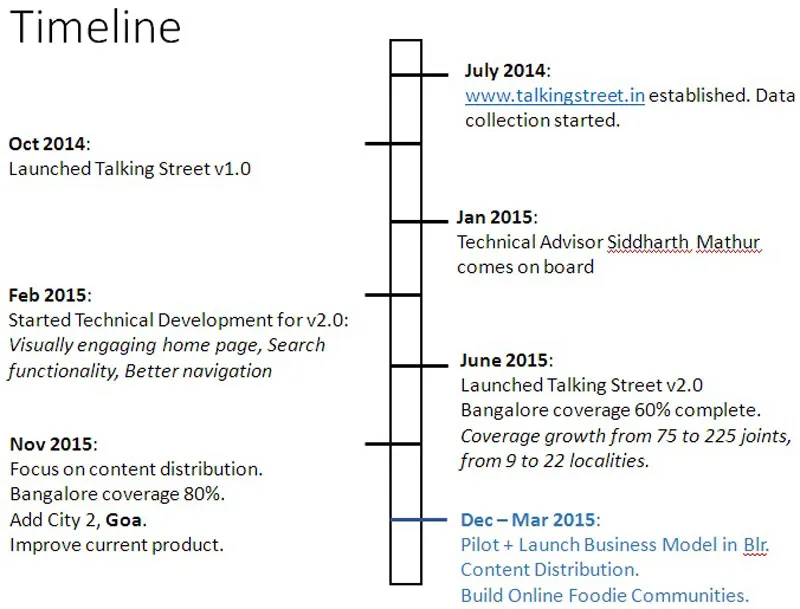
Timeline (1): Instead of describing the startup’s chronology with a linear list of bullet-point items, a more creative approach is used by Talking Street to chart out its journey. This startup helps foodies discover the best street food in any city.
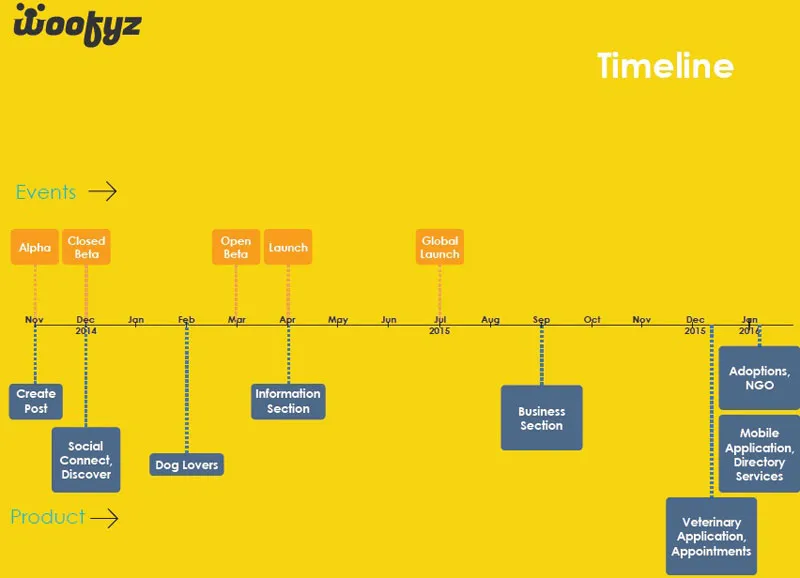
Timeline (2): The startup journey can also be described in terms of parallel steps, eg. products correlated with events. This approach is used by Woofyz Pet Services, a platform for the pet owner community.
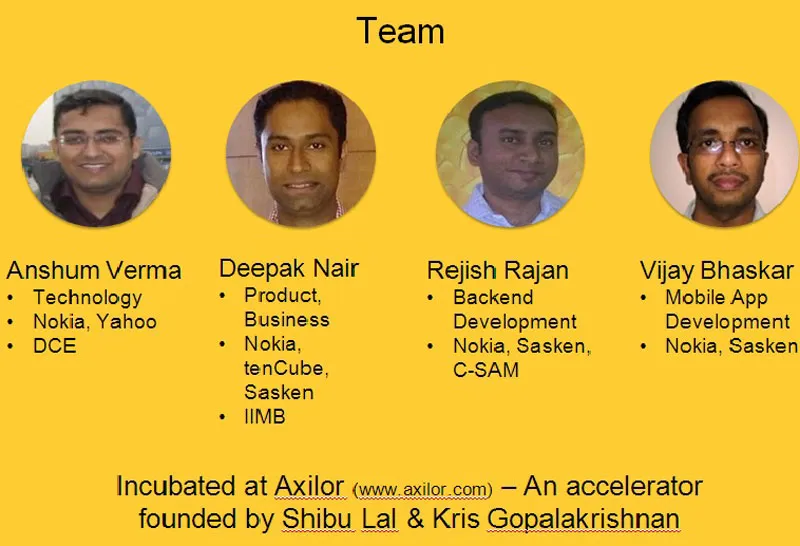
Founder team (1): Describe your founding team briefly, listing work experiences, skills and education (even if there is just a founder or two, don’t ‘dump’ huge chunks of text on the slide). Here is how Cheripo Tech Solutions sums up the merit of its team; the company’s app LetsPool helps consumers pool money and share expenses with friends.
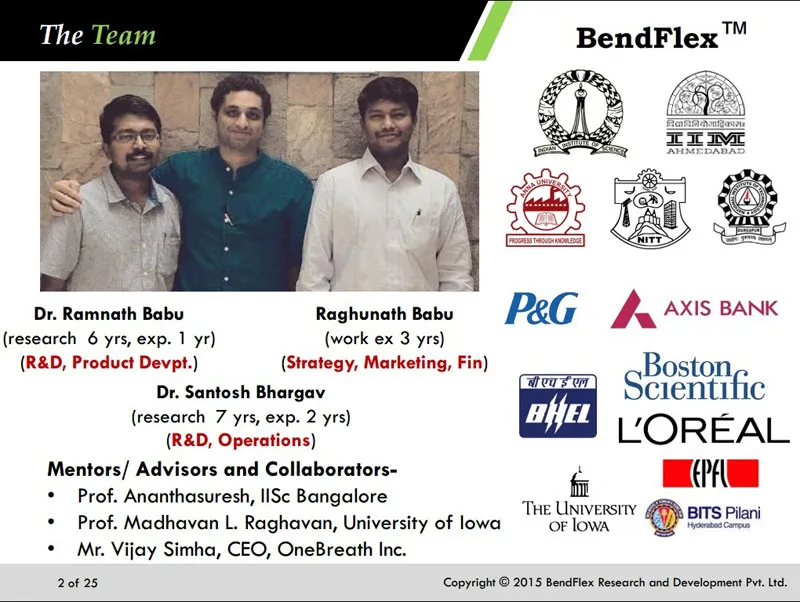
Founder team (2): Here’s another visually rich way to describe the founding team – by adding the logos of the companies and brands in their employment and education. BendFlex has developed patented technology for the In-Vitro Fertilization (IVF) process.
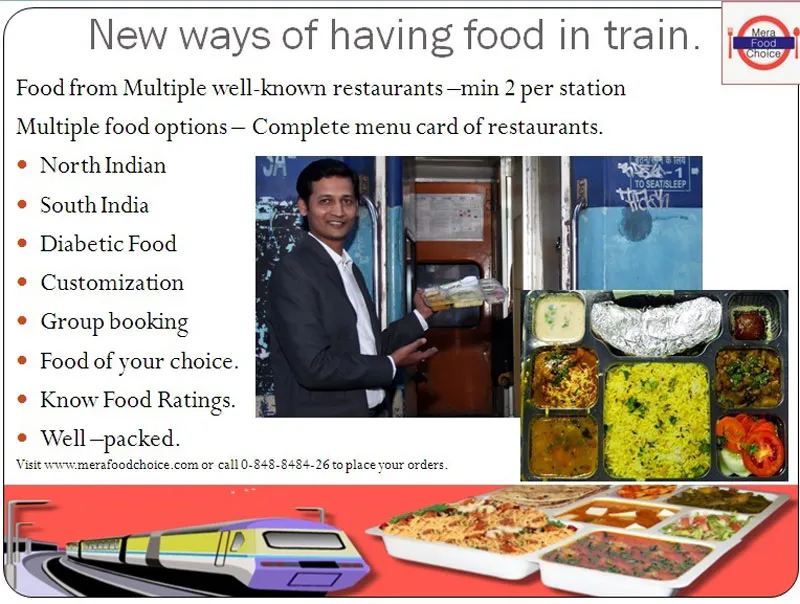
Overview slide: An introduction or conclusion slide can pack a lot of information – as shown by MeraFoodChoice. It includes the founder’s photo, product photo, and product description (an app for train passengers to order hygienic tasty food at the next station).

Competitive positioning: You may not be the only player in your market – how do you stack up against other companies, products and features? Here’s where B2B startup Traveo Soft stands; it offers corporate solutions for managing the travel needs of employees, based on company rules as well as employee preferences.
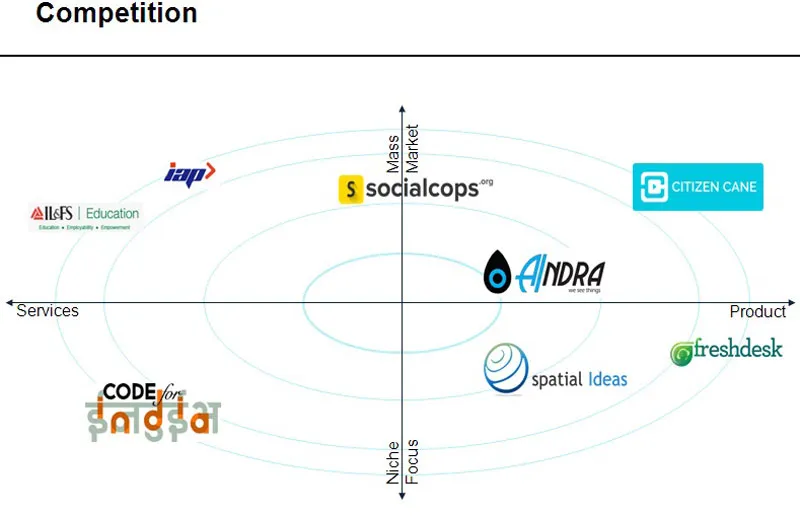
Competitive mapping: Instead of tables of features for comparison, another way to map the competition is on a 2X2 matrix. Citizen Cane offers ‘transparency through technology’ for monitoring of construction and infrastructure projects. This slide show how it differs from existing players with respect to offering and market scope.
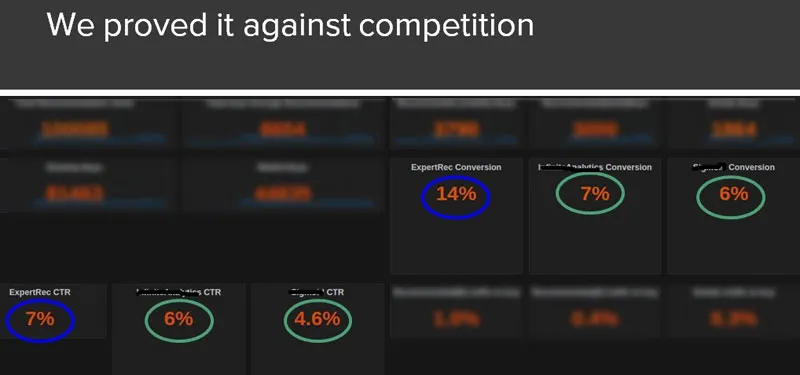
Success metrics: Traffic and downloads are just early stage success metrics, especially for a B2B product. In marketing, what matters is not just user traction but conversion and sales, as show by CloudBash Technologies. Here is the performance of its recommendation engine ExpertRec, as compared to the competition (names have blurred out for the sake of confidentiality).
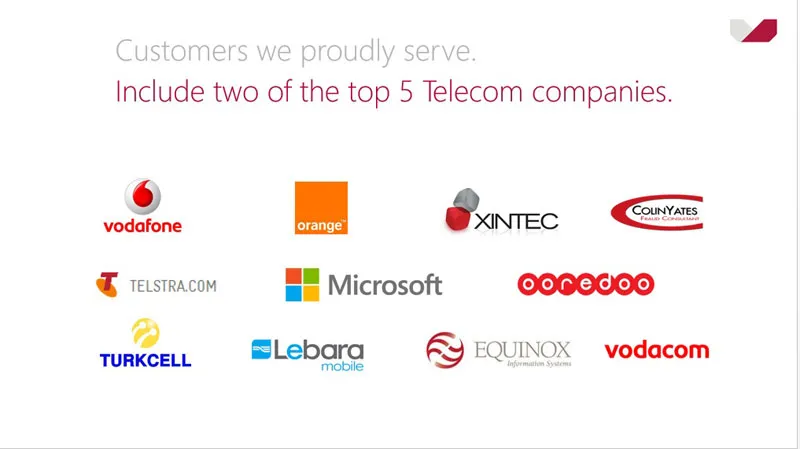
Client list: A good way to win new business is to show what business you have already won, particularly in the B2B sector. Here is the impressive client list of FRS Labs, whose offerings include authentication solutions based on voice signatures of consumers.
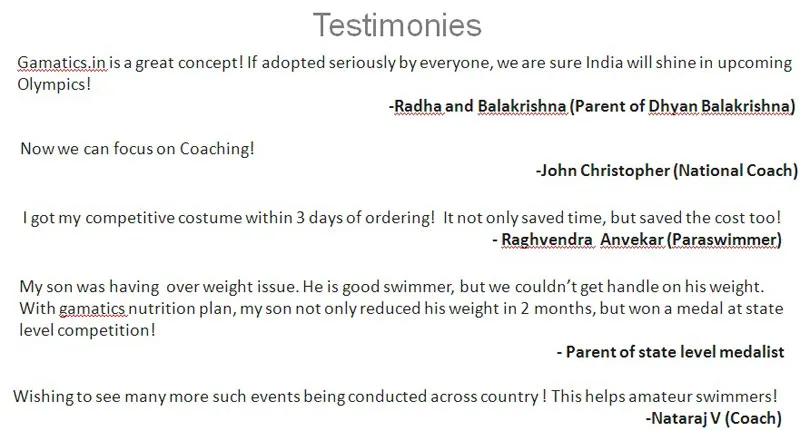
Customer testimonials: In addition to customer satisfaction surveys and indexes, actual quotes from customers can help validate your product in the market. Here’s how Gamatics India shows that its e-commerce site specifically helps professional swimmers, with high-end swimming gear and footwear as well as mentoring connects.
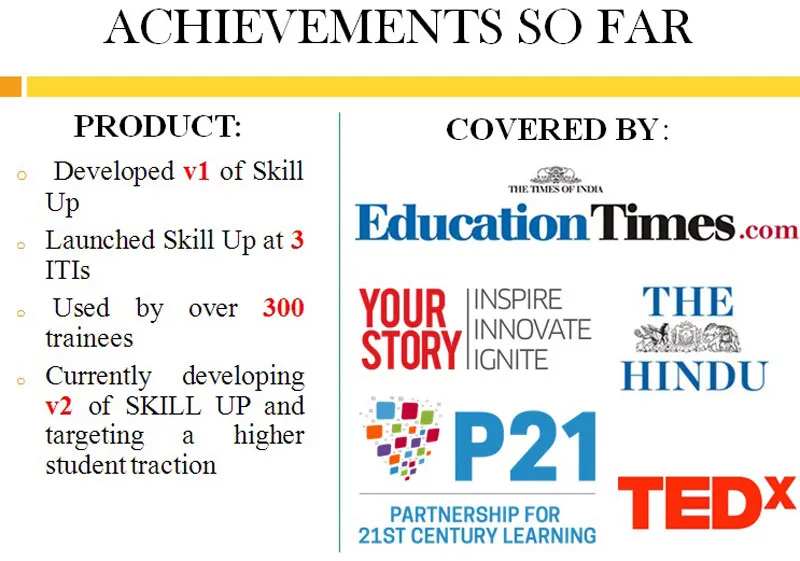
Achievements, awareness and recognition: It’s one thing to describe your accomplishments, and another level to show how leading print and online media have covered your startup. This is the product journey of Superheros Incorporated, along with its media recognition and industry endorsement. This startup leverages mobile technology for life skills and technical training.
Got a creative photograph to share? Email us at [email protected]!
See also the YourStory pocketbook ‘Proverbs and Quotes for Entrepreneurs: A World of Inspiration for Startups,’ accessible as apps for Apple and Android devices.


![[Photo Sparks] How to make a great startup pitch: slides from 20 TiE Bangalore finalists](https://images.yourstory.com/cs/wordpress/2015/12/best_pitch.jpg?mode=crop&crop=faces&ar=2%3A1&format=auto&w=1920&q=75)




